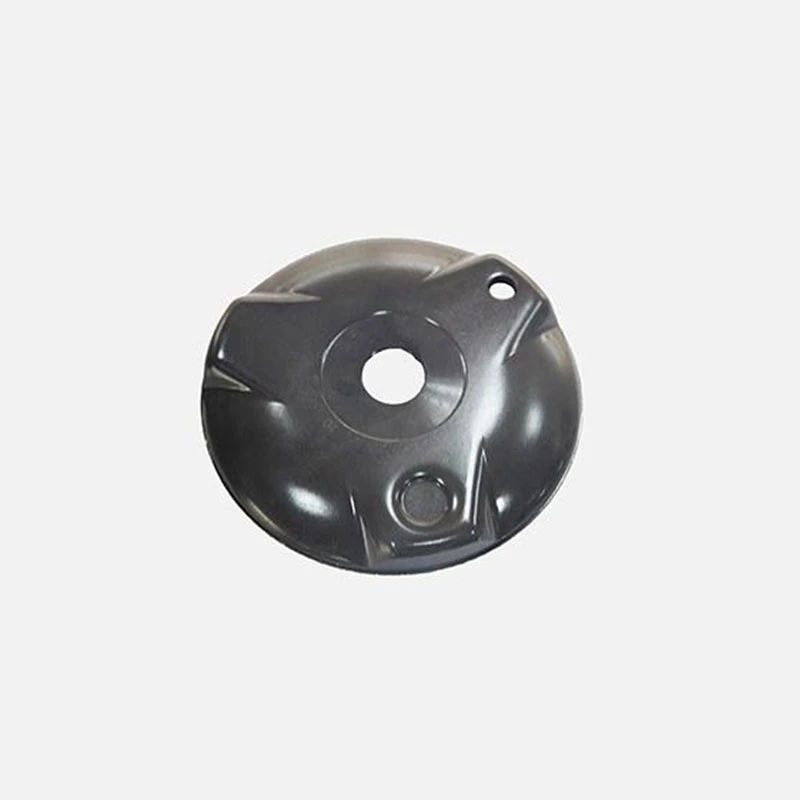Optimal Wall Thickness for Aluminum Die Casting Applications and Design Considerations
The Importance of Wall Thickness in Aluminum Die Casting
Aluminum die casting is a highly efficient manufacturing process that allows for the production of optimized components with intricate geometries and excellent surface finishes. A critical factor that significantly affects the performance, cost, and quality of die-cast components is wall thickness. This article explores the importance of wall thickness in aluminum die casting, emphasizing its impact on structural integrity, weight reduction, manufacturing efficiency, and cost-effectiveness.
Understanding Wall Thickness in Die Casting
Wall thickness refers to the thickness of the walls of a die-cast part. In general, the wall thickness in aluminum die casting can range from 1 mm to 10 mm, depending on the specific application and design requirements. Achieving the right wall thickness is crucial; if it is too thin, it may not be able to withstand operational stresses or manufacturing conditions, while excessively thick walls can lead to increased weight and material costs.
Structural Integrity and Performance
One of the primary concerns in any structural application is the strength and integrity of the component. The wall thickness directly affects the mechanical properties of a die-cast part. Thinner walls can lead to reduced strength, making the component more susceptible to deformation under load. Conversely, overly thick walls can introduce complications during the casting process, such as porosity and inconsistencies.
An optimal wall thickness facilitates appropriate cooling and solidification rates, enabling high-quality parts that meet or exceed performance standards. Additionally, areas requiring enhanced strength, such as load-bearing points, can incorporate varying thicknesses tailored to specific needs, often referred to as “variable wall thickness design.”
Weight Reduction and Material Efficiency
In today’s manufacturing landscape, reducing weight without compromising performance is a top priority, particularly in industries like automotive and aerospace, where lightweight components contribute to energy efficiency. One of the significant advantages of aluminum die casting is its ability to produce components with thin walls, leading to significant weight savings.
aluminum die casting wall thickness

By optimizing wall thickness, manufacturers can minimize material usage while still achieving the necessary strength. This optimization not only reduces the overall weight of the final product but also addresses material costs and helps in sustainability initiatives. In many applications, a 10% reduction in weight can significantly impact fuel efficiency and carbon emissions over the product's lifecycle.
Manufacturing Efficiency
The wall thickness affects the manufacturing process’s efficiency. Thinner walls generally allow for faster cooling and solidification times, leading to shorter cycle times in aluminum die casting. A reduced cycle time translates to increased output and improved productivity.
Furthermore, the design of the molds can be more straightforward with optimum wall thickness, facilitating easier ejection and reducing the likelihood of defects during casting. This simplification contributes to a more efficient production line and lowers the overall manufacturing costs.
Cost-Effectiveness
Choosing the correct wall thickness can significantly influence the overall cost of die-cast components. While thicker walls may seem appealing for strength, they often lead to increased material usage and extended processing times, both of which drive costs up. Conversely, overly thin walls may necessitate rework or lead to premature part failure, resulting in increased costs related to warranty claims and replacements.
An intelligently designed part that balances wall thickness against performance requirements can minimize waste, enhance productivity, and reduce total production costs. This approach can create a competitive advantage for manufacturers, especially in price-sensitive markets.
Conclusion
In conclusion, wall thickness is a crucial element in the aluminum die casting process that impacts various aspects of the manufacturing and performance of cast components. By carefully considering the appropriate wall thickness during the design phase, manufacturers can ensure that parts are strong, lightweight, and cost-effective. As industries continue to seek advancements in material efficiency and production techniques, optimizing wall thickness will undoubtedly remain an essential focus in aluminum die casting. Attention to this detail can yield significant operational benefits and contribute to the overall success of manufacturing initiatives.
-
Expert Aluminum Green Sand Castings | Quality & Cost-EffectiveNewsAug.31,2025
-
Precision OEM Housing: Custom Cast Components ExpertNewsAug.30,2025
-
OEM Sand Casting Nodular Cast Iron-Baoding Hairun Machinery And Equipment Trading Co., Ltd.|Customization&Quality AssuranceNewsAug.29,2025
-
OEM Sand Casting Nodular Cast Iron-Baoding Hairun|Precision CustomizationNewsAug.29,2025
-
High-Quality Aluminum Green Sand Castings ServicesNewsAug.29,2025
-
Custom OEM Stamping Parts | Precision Metal ManufacturerNewsAug.28,2025















